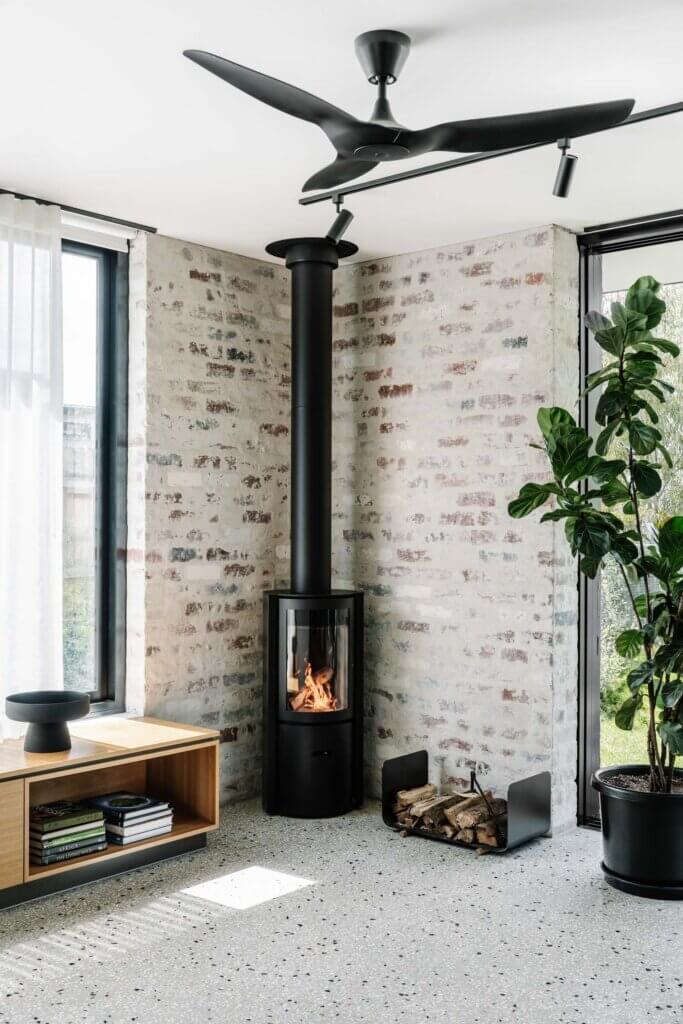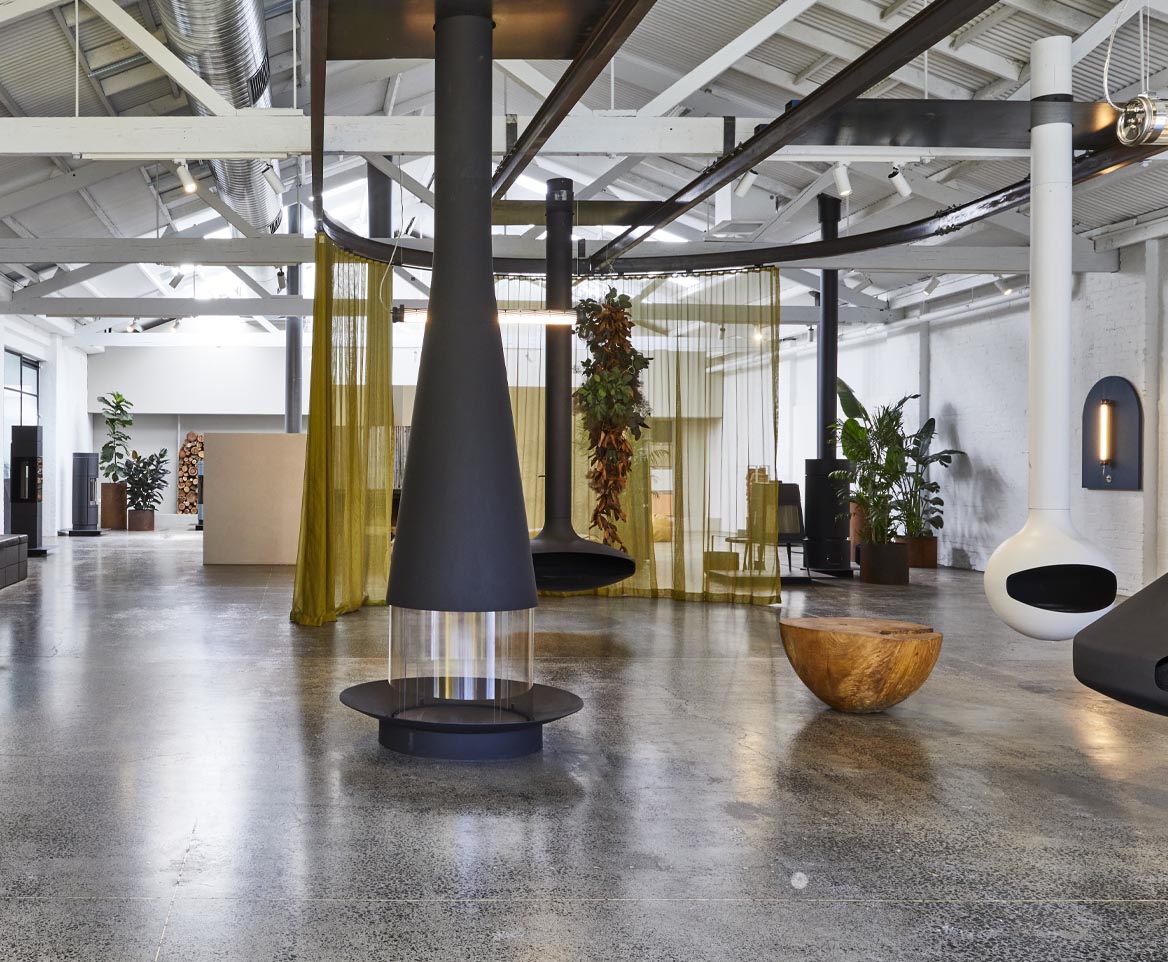Embracing sustainable living: the rise of passive house design
Passive house design is gaining momentum in architectural circles, and among property owners, from those wanting to reduce their energy consumption to the hardcore off-gridders. Even if you are not yet familiar with the concept, you might be interested in its key principles.
In a nutshell, passive house is an international movement towards dwellings that require ultra-low energy use for heating and cooling, thereby minimising their ecological footprint.
It’s a serious undertaking in countries like Germany and Sweden, where a dwelling needs to fulfil a complex set of requirements to meet rigorous efficiency standards. These involve superinsulation, advanced window technology, air tightness, heat recovery ventilation, low-energy lighting and appliances, and of course efficient heating and cooling.
While not many houses get built to a passive house standard in Australia at the moment, every effort to reduce energy consumption is worthwhile, however small, both from an ecological perspective and from a financial one, particularly during times of soaring energy costs.
A brilliant example of passive house design in action in Australia is Habitat House by Ben Callery Architects. This project, an extension to a Victorian home in Northcote, skilfully integrates sustainable building practices with aesthetic and functional design. The house features high levels of insulation, double glazing and thermal mass in the concrete floor, all contributing to stable internal temperatures and high thermal performance.

A notable addition to the home is the Stûv 30 Compact wood fireplace, which is set against a feature wall of recycled red clinker brick, adding both warmth and visual appeal to the living space. Like most fireplaces in the Stûv range, the Stûv 30 Compact is passive house-ready. This is possible as the unit draws in outside air directly via a connector to the combustion chamber. The result is highly efficient, low-emission heating that makes Stûv a natural choice for homes designed with energy efficiency in mind.
The placement of the fireplace, in the high-traffic area of the living room, also allows the homeowners to conserve energy by only heating the space being used most. This is aided by an electric heat pump and hydronic heating in the floor of the new extension to create an atmosphere of luxurious warmth.

Modern wood fireplaces by Stûv are specifically designed to be passive house-ready, with cutting-edge combustion efficiency, adjustable heat output and minimal emissions. As a bonus, Stûv fireplaces are aesthetically stunning – even when not operational. Light a fire and they quickly become mesmerising.
Being concerned about the environment doesn’t mean you have to compromise on style, at least not when it comes to home heating. Habitat House demonstrates that sustainable living and beautiful design can go hand in hand, providing a blueprint for future passive house projects.
Architect – Ben Callery Architects
Builder – Truewood Constructions
Photography – Marnie Hawson
